Module 7 – Sunlight

LLM Online
©Arlene R. Taylor, PhD
Module #7 — Sunlight
The Earth would die If the sun stopped kissing her.
—Hafez
To Begin
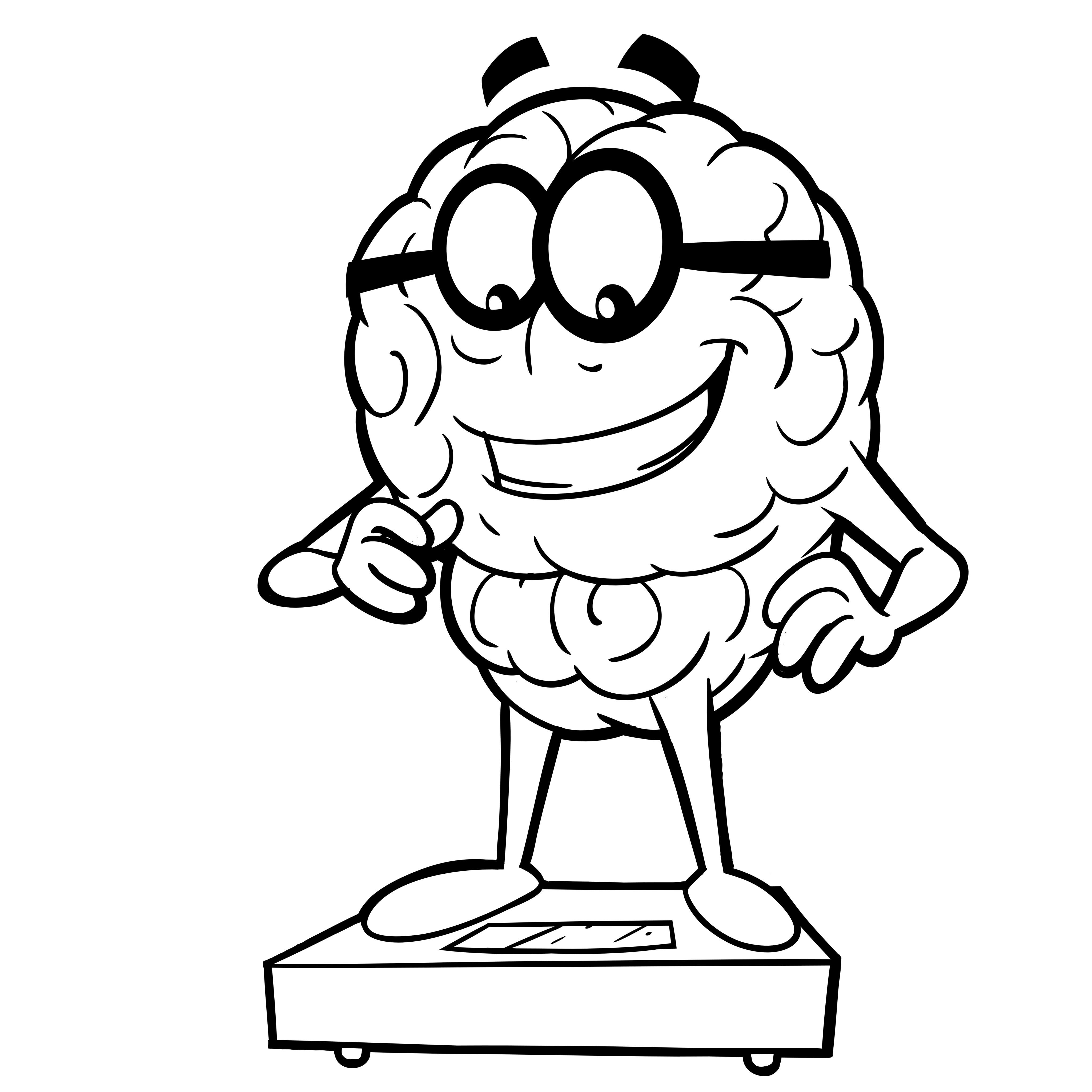 Weigh yourself in your underwear or clothes that you will wear each week on the same scales—no belt, shoes, sweater, or jacket.
Weigh yourself in your underwear or clothes that you will wear each week on the same scales—no belt, shoes, sweater, or jacket.- Measure your waist around the level of your belly button.
- Calculate your Body Mass Index using the BMI chart. Use your height in centimeters.
- Record data on the Weekly Comparison form..
- Write in your own goal on the Daily Goals form (please print form).
- Post the Daily Goals form where you can see it easily. Record your data each day.
It is no secret that the moon has no light of her own, but is, as it were, a mirror, receiving brightness from the influence of the sun.
—Vitruvius
Overview
- Nothing much on Planet Earth would survive without the power of the sun. The only star in our solar system, it is the most important source of energy for life on earth. According to Plasma-Universe.com,
 the sun is a huge ball of hot plasma consisting mostly of hydrogen (about 75 percent) and the remainder as helium ions with small amounts of oxygen, carbon, neon, and iron—with relatively little “gas,” as once thought. Over 800,000 miles (1.3 million kilometers) in diameter, it radiates energy from fusion reactions in its core. The sun never sleeps. Even on a cloudy day, even at night, the sun is shining somewhere.
the sun is a huge ball of hot plasma consisting mostly of hydrogen (about 75 percent) and the remainder as helium ions with small amounts of oxygen, carbon, neon, and iron—with relatively little “gas,” as once thought. Over 800,000 miles (1.3 million kilometers) in diameter, it radiates energy from fusion reactions in its core. The sun never sleeps. Even on a cloudy day, even at night, the sun is shining somewhere.  “Sunshine” has been defined as light from the sun that is not obscured by clouds. J. Coleman reported observing strong electrical activity on the sun’s surface and in the solar winds that surround it. NASA has reported what appears to be jet streams or rivers of hot electrically charged gas flowing beneath the surface of the sun. The corona, the outermost part of the sun's atmosphere, extends millions of kilometers into outer space, creates solar winds, and is most easily seen during a total solar eclipse.
“Sunshine” has been defined as light from the sun that is not obscured by clouds. J. Coleman reported observing strong electrical activity on the sun’s surface and in the solar winds that surround it. NASA has reported what appears to be jet streams or rivers of hot electrically charged gas flowing beneath the surface of the sun. The corona, the outermost part of the sun's atmosphere, extends millions of kilometers into outer space, creates solar winds, and is most easily seen during a total solar eclipse.
According to Wanda Thibodeaux, Old Sol sends its heat energy to earth usually in the form of light and many of the sun's rays are in the ultraviolet spectrum. The transfer of heat in this way is known as thermal radiation.Behind the cloud the sun is still shining.
—Abraham Lincoln- According to Cornell University, Planet Earth is spinning around the sun at a speed of 67,000 mph (107,000 km/h). Theoretically, if the Earth suddenly stopped moving, it would be a catastrophe.
 Because the atmosphere would still be moving at the original speed of the Earth's rotation, everything would be swept off the land: topsoil, rock, trees, people, brains, and buildings. Fortunately, your brain does not need to worry about being flung off into space. NASA has pointed out that there is no chance of this because the Earth's gravity is stronger than its spinning motion.
Because the atmosphere would still be moving at the original speed of the Earth's rotation, everything would be swept off the land: topsoil, rock, trees, people, brains, and buildings. Fortunately, your brain does not need to worry about being flung off into space. NASA has pointed out that there is no chance of this because the Earth's gravity is stronger than its spinning motion.
Even after all this time the sun never says to the earth, “You owe me.” Look what happens with a love like that—it lights the whole sky.
—Hafiz
 Reminder: Drink a glass of water to hydrate your brain. View the Educational Video. Stand and walk in place for at least a portion of the video to increase blood flow to your brain.
Reminder: Drink a glass of water to hydrate your brain. View the Educational Video. Stand and walk in place for at least a portion of the video to increase blood flow to your brain.
Science in a Nutshell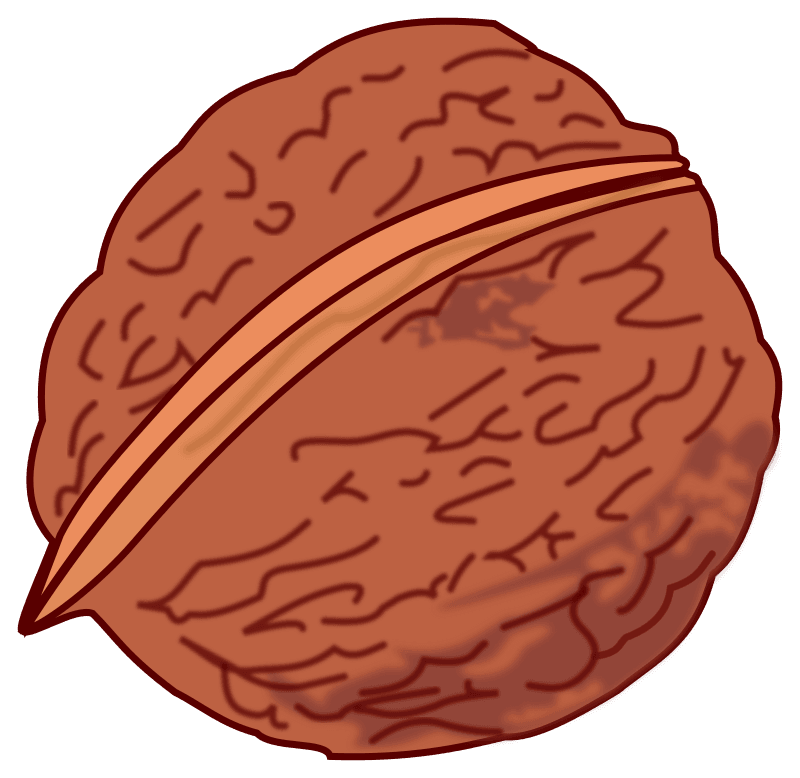
- Chemical reactions when hydrogen is changed into helium create both light and heat that leave the sun and go out into space as sunlight. It takes about eight light-minutes for sunlight to reach earth. Sunlight is composed of electromagnetic particles that travel the universe in waves of energy known as the electromagnetic spectrum.
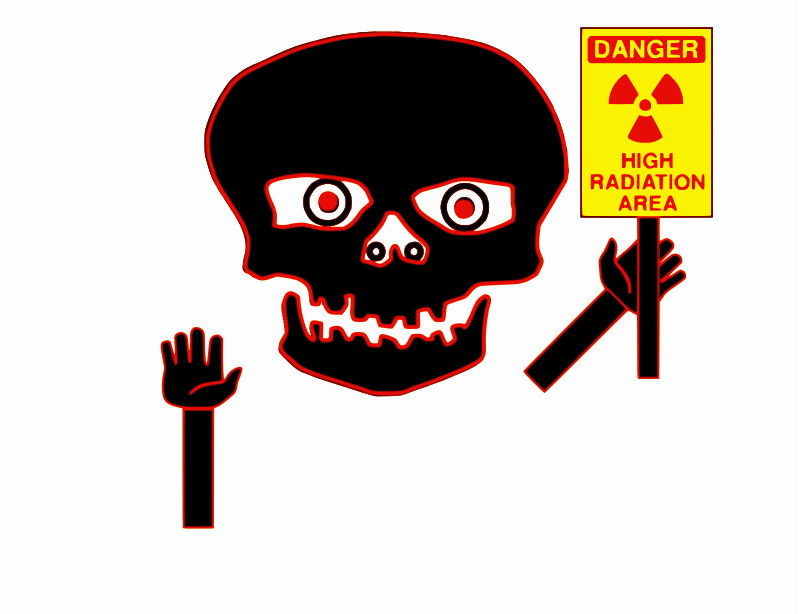 Categories include radio waves (long length), microwaves, infrared, visible, ultraviolet, X-rays, and gamma rays (short length). According to Sciencing.com, ultraviolet, X-rays, and gamma rays can damage living tissues; microwaves can cook them!
Categories include radio waves (long length), microwaves, infrared, visible, ultraviolet, X-rays, and gamma rays (short length). According to Sciencing.com, ultraviolet, X-rays, and gamma rays can damage living tissues; microwaves can cook them!  The effects of electromagnetic radiation (EMR) on the human body has been seen in the bombing of Hiroshima and Nagasaki. Also, in the nuclear accidents of Chernobyl, Ukraine, Fukushima, Japan, and elsewhere.
The effects of electromagnetic radiation (EMR) on the human body has been seen in the bombing of Hiroshima and Nagasaki. Also, in the nuclear accidents of Chernobyl, Ukraine, Fukushima, Japan, and elsewhere.
- Ultraviolet rays consist of UVA, UVB, and UVC radiation. UVC is absorbed by the Earth’s
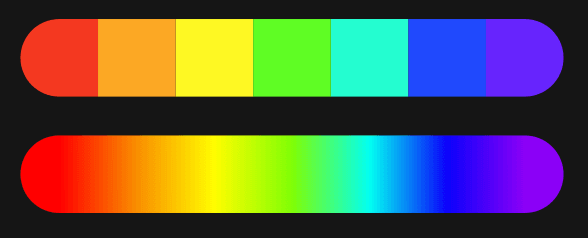 atmosphere so it does not pose a health risk. However, artificially produced UVC radiation (as in some tanning lights and welding light) can be dangerous. The human eye is sensitive only to a subset of the sun’s
atmosphere so it does not pose a health risk. However, artificially produced UVC radiation (as in some tanning lights and welding light) can be dangerous. The human eye is sensitive only to a subset of the sun’s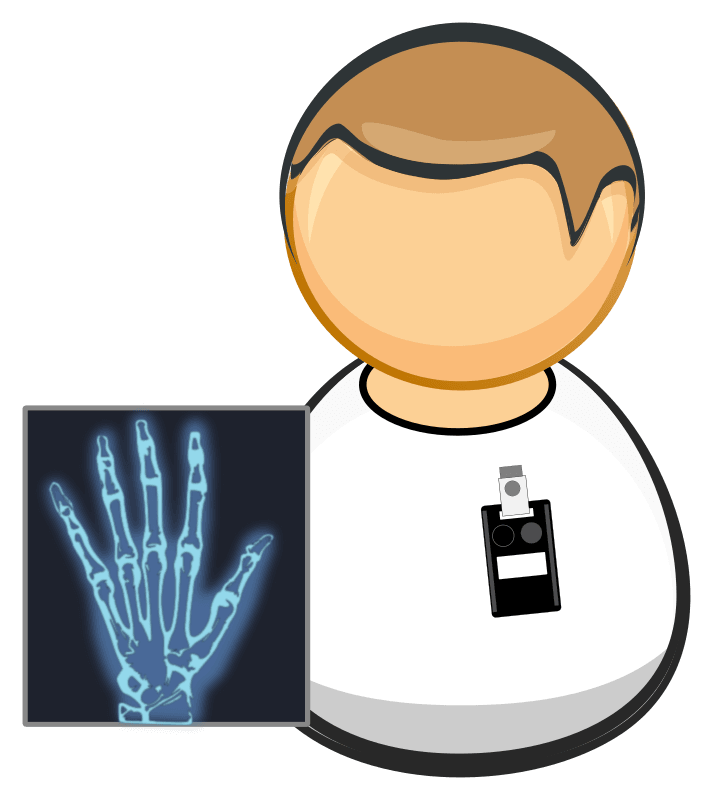 electromagnetic spectrum, i.e., the visible light or color portion, located between ultraviolet rays and infrared lights. The colors in visible light are red, orange, yellow, green, blue, indigo, and violet. This drawing shows the seven colors separated and then blended, as seen in a natural rainbow.
electromagnetic spectrum, i.e., the visible light or color portion, located between ultraviolet rays and infrared lights. The colors in visible light are red, orange, yellow, green, blue, indigo, and violet. This drawing shows the seven colors separated and then blended, as seen in a natural rainbow.
| The glorious lamp of heaven, the radiant sun, is nature's eye. —John Dryden |
- While the sun may be 93 million miles away, it is so fiercely hot that light and heat can cause the scorching of anything on the earth’s surface, including creatures and humans. At its surface, the sun’s temperature is estimated to be about 10,000 degrees Fahrenheit (5,600 Celsius).
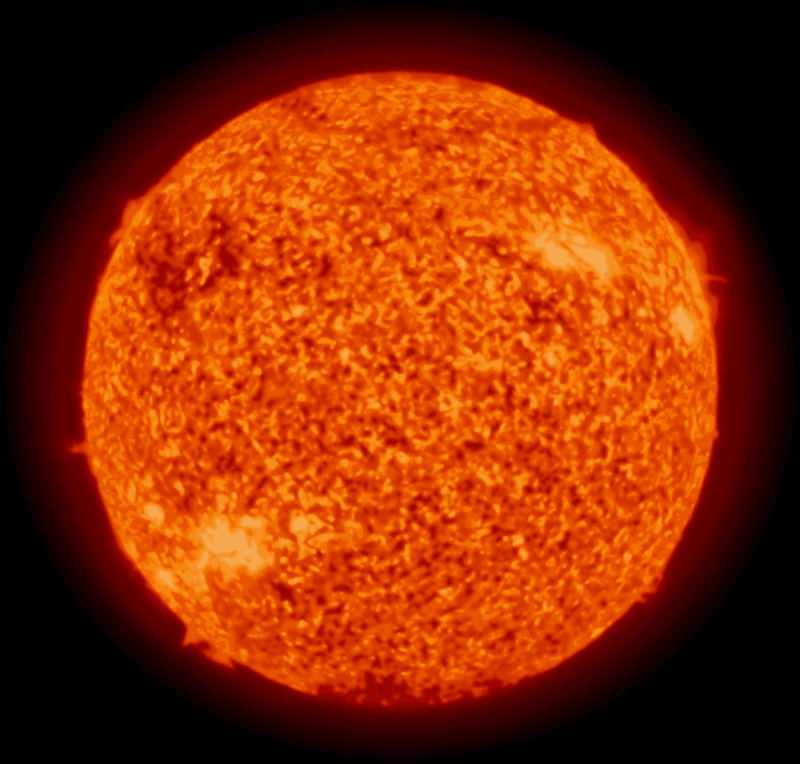 According to Space.com, temperatures at its core can reach more than 27 million degrees Fahrenheit (15 million Celsius). The corona is hotter than the sun’s surface, with temperatures ranging from 1.7 million degrees Fahrenheit (1 million degrees Celsius) to more than 17 million Fahrenheit (10 million Celsius).
According to Space.com, temperatures at its core can reach more than 27 million degrees Fahrenheit (15 million Celsius). The corona is hotter than the sun’s surface, with temperatures ranging from 1.7 million degrees Fahrenheit (1 million degrees Celsius) to more than 17 million Fahrenheit (10 million Celsius). - UV radiation in sunlight constitutes about 10% of the total electromagnetic radiation output from the sun: 95 percent is UVA and 5 percent is the slightly stronger UVB. UV rays are not blocked by clouds so you can still get too much exposure even on a cloudy day. Unprotected, excessive exposure to sunlight (i.e., inappropriate amounts for your skin type) can cause problems due to this UV radiation. Interestingly, UVA rays can pass through glass, while UVB rays cannot. This means you cannot get a sunburn through glass. UVA rays, although slightly weaker, can still create damage.
No one has an exclusive on opportunity. When the sun rises, it rises for everyone.
—Chinese Proverb
Matter of Fact
1st –
Sun Benefits. The sun provides an almost unbelievable array of benefits to Planet Earth, including:
- Light by day so creatures and humans can see
 Light at night as the moon reflects between 3 and 12 percent of the sunlight that strikes it
Light at night as the moon reflects between 3 and 12 percent of the sunlight that strikes it
- Heat that makes life on earth possible, including water in the liquid state required for body health and can generate electricity from hydroelectric plants.
- Energy for plants to make food through photosynthesis of sunlight.
- Serotonin impact, lower levels of which are associated with Major Depressive Disorder (MDD) with Seasonal Pattern, formerly known as Seasonal Affective Disorder (SAD)
May the sun always shine on your window pane; may a rainbow be certain to follow each rain.
—Irish Wish
2nd –
 Brain Clock. Sunlight is responsible for keeping your brain’s internal pacemaker or circadian-rhythm clock on time. This clock regulates biological processes, such as sleep, wakefulness, and hormone production. These rhythms have a period close to 24 hours and are synchronized daily by environmental time cues. In humans and other mammals, this “clock” consists of a group of cells in the brain’s hypothalamus known as the suprachiasmatic nucleus (SCN).
Brain Clock. Sunlight is responsible for keeping your brain’s internal pacemaker or circadian-rhythm clock on time. This clock regulates biological processes, such as sleep, wakefulness, and hormone production. These rhythms have a period close to 24 hours and are synchronized daily by environmental time cues. In humans and other mammals, this “clock” consists of a group of cells in the brain’s hypothalamus known as the suprachiasmatic nucleus (SCN).
| In every person there is a sun. Just let them shine. —Socrates |
The SCN uses signals from the eyes to keep the human circadian rhythm in sync with the sun—resetting this 24-hour biological clock on a regular basis. Known as entrainment, this process occurs when natural sunlight enters the eyes triggering light-sensitive cells in the retina to send electrical signals to the SCN.  These electrical signals activate the SCN and the “clock” then wakes up the body organs, notifying the pineal gland to stop secreting the hormone melatonin. At sundown, the SCN tells the pineal gland to release the hormone melatonin, which helps to promote a sense of being sleepy and helps regulate biological rhythms.
These electrical signals activate the SCN and the “clock” then wakes up the body organs, notifying the pineal gland to stop secreting the hormone melatonin. At sundown, the SCN tells the pineal gland to release the hormone melatonin, which helps to promote a sense of being sleepy and helps regulate biological rhythms.
As mentioned in Module 4, some teenagers experience what is known as a Sleep-Phase Delay. This means their melatonin levels naturally rise later at night as compared with others. The teenagers feel alert later, making it difficult to fall asleep before eleven o’clock—or even midnight. Sleep deprivation, compounded by early school start-times, can negatively influence life in general and learning in particular for these individuals. Keeping lights dim as bedtime approaches, turning off electronics an hour before bedtime (or wearing special glasses to block LED light), along with exposure to bright light as soon as possible in the morning may be helpful.
The production and release of melatonin in the brain is connected to time of day, increasing when it's dark and decreasing when it's light. Melatonin production declines with age.
—Mayo Clinic

Reminder: Drink a glass of water to hydrate your brain.
3rd –
Sun and Sleep. Sunlight is vitally important, so much so that insufficient amounts can cause problems. You may have heard of Non-24-Hour Sleep Wake Disorder or “Non-24,” for short.
| To love and be loved is to feel the sun from both sides. ―David Viscott |
According to the Sleep Foundation, the majority of sight-impaired individuals have some sunlight perception and circadian rhythms that are synchronized to a 24-hour day-night cycle as in the sighted.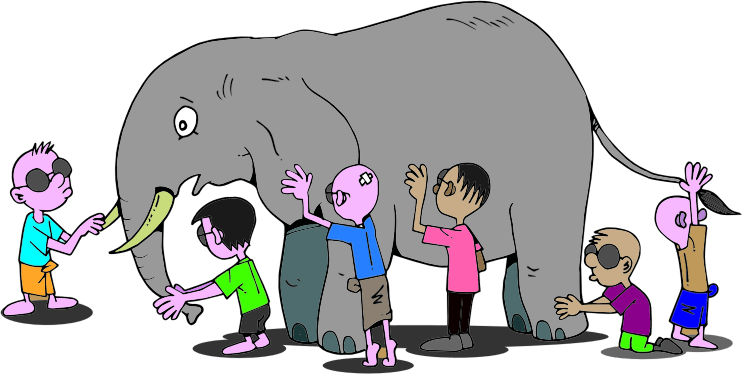 Non-24 is common in totally blind individuals because sunlight cannot get to the retina. Thus entrainment (recalibration) of the brain’s circadian rhythm clock does not occur and the cycle of the clock begins to lengthen beyond the usual 24-hours and a few minutes. This can be disruptive to a person’s life causing fluctuating periods of good sleep followed by periods of poor sleep and excessive daytime sleepiness.
Non-24 is common in totally blind individuals because sunlight cannot get to the retina. Thus entrainment (recalibration) of the brain’s circadian rhythm clock does not occur and the cycle of the clock begins to lengthen beyond the usual 24-hours and a few minutes. This can be disruptive to a person’s life causing fluctuating periods of good sleep followed by periods of poor sleep and excessive daytime sleepiness.
Jet lag puts the brain in conflict with a person’s normal sleep patterns, as the brain scrambles to adjust to crossing many different time zones, causing the 24-hour circadian rhythm clock in the brain to become disoriented. For some, this readjustment or recalibration can take a day for every time zone crossed, 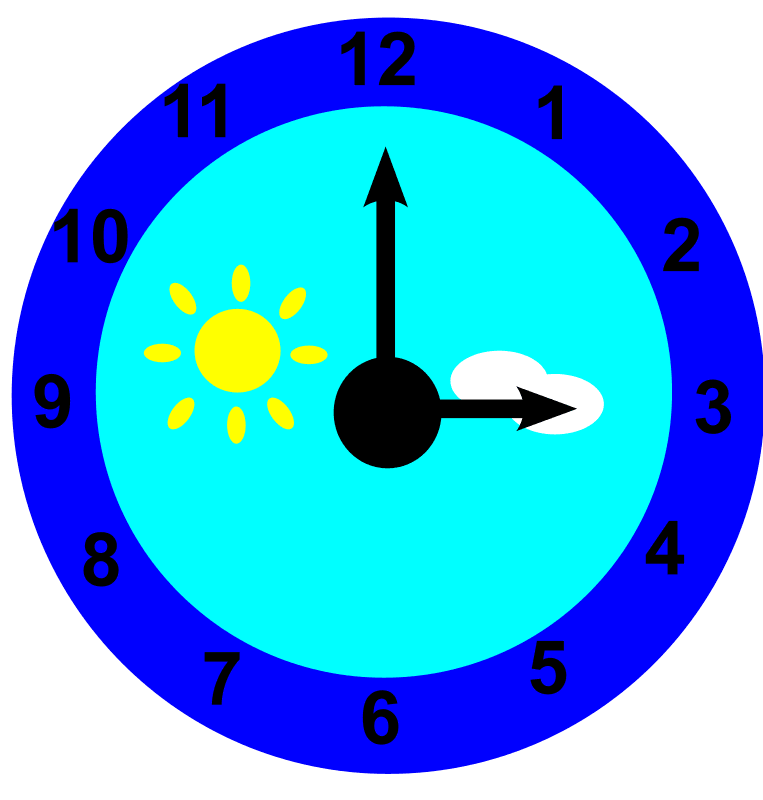 often causing problems with effective thinking and efficient performance. Similar symptoms can occur when a person works rotating shifts or when sleep times differ radically on weekends and the brain tries to adapt to shorter, longer, or irregular hours.
often causing problems with effective thinking and efficient performance. Similar symptoms can occur when a person works rotating shifts or when sleep times differ radically on weekends and the brain tries to adapt to shorter, longer, or irregular hours.
 Many people are unaware that their ability to sleep at night and be awake in the day is largely controlled by this internal circadian clock.
Many people are unaware that their ability to sleep at night and be awake in the day is largely controlled by this internal circadian clock.
Hope is like the sun, which, as we journey toward it, casts the shadow of our burden behind us.
—Samuel Smiles
4th –
Vitamin D. Sunlight offers many positive contributions. When sunlight shines on human skin, it enables the skin to make vitamin D, often referred to as the “sunshine” vitamin. Vitamin D is a group of fat-soluble secosteroids, derived from steroids. Vitamin D₃ is believed a very important compound in this group. Estimates are that many adults are deficient in vitamin D, which had been linked with low energy, brain fog, low mood, aches and pains, difficulty sleeping, cancer, osteoporosis, and muscle weakness.
Vitamin D is a group of fat-soluble secosteroids, derived from steroids. Vitamin D₃ is believed a very important compound in this group. Estimates are that many adults are deficient in vitamin D, which had been linked with low energy, brain fog, low mood, aches and pains, difficulty sleeping, cancer, osteoporosis, and muscle weakness.
| Where there is sunlight, the doctor starves. ―Flemish Proverb |
Vitamin D assists with:
- Intestinal absorption of calcium, magnesium, and phosphate, along with other biological effects.
- Muscle function including recovery from physical exercise
- Activating the hormone leptin that helps control appetite
- Supports immune system function
- Lowering insulin and helping with insulin resistance
- Maintaining good lung function
- Lowering a risk for colon cancer and heart disease
The American Cancer Association suggests obtaining vitamin D from a supplement since that would not increase a skin cancer risk from sunlight exposure and typically is a more reliable way to get the amount you need. 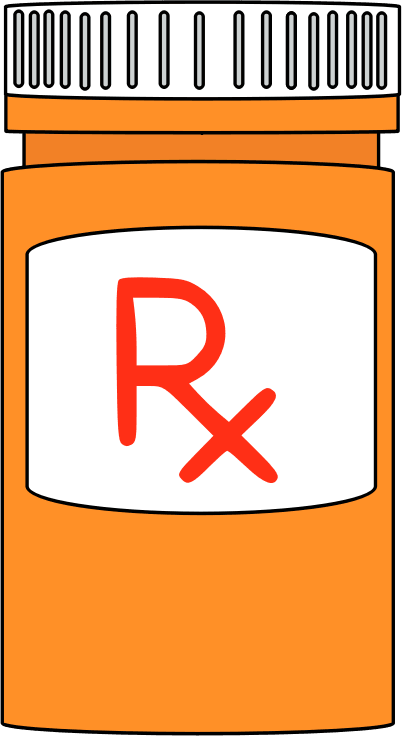 (Only a few foods contain vitamin D.) Some people like cod liver oil; others prefer Vitamin D3 by capsule. Those with darker skin may require half again as much vitamin D as compared with individuals with fair skin since darker skin blocks the UVB rays from triggering the skin to produce vitamin D.
(Only a few foods contain vitamin D.) Some people like cod liver oil; others prefer Vitamin D3 by capsule. Those with darker skin may require half again as much vitamin D as compared with individuals with fair skin since darker skin blocks the UVB rays from triggering the skin to produce vitamin D.
Because excessive ultraviolet radiation is a major risk factor for skin cancer, we do not recommend obtaining vitamin D from the sun as a way to boost vitamin D levels in the blood.
—Marji McCullough, American Cancer Society
5th –
| Rise above the storm and you will find the sunshine. ―Mario Fernandez |
Sunlight Deficit. Major Depressive Disorder (MDD) with a Seasonal Pattern (formerly known as seasonal affective disorder, or SAD) is characterized by recurrent episodes of depression in late fall and winter, alternating with periods of normal mood the rest of the year.  Researchers at the National Institute of Mental Health were the first to suggest this condition was a response to decreased light and experimented with the use of bright light to address the symptoms.
Researchers at the National Institute of Mental Health were the first to suggest this condition was a response to decreased light and experimented with the use of bright light to address the symptoms.
Scientists have identified that the neurotransmitter serotonin may not be working optimally in many people who experience this disorder. Although each individual with MDD has different experiences, symptoms may include these:
- Hypersomnia (or oversleeping)
- Daytime fatigue, lethargy
- Craving carbohydrates, overeating, weight gain
- Lack of interest in usual activities and decreased socialization
 Decreased sexual interest
Decreased sexual interest- Hopelessness, suicidal thoughts
If you experience MDD—a subset of major depression—NAMI suggests that thinking ahead to reduce symptoms may be helpful. For example:
- Exercise more toward the end of summer
- Get into therapy around September (if you are not in therapy all year)
- Start your lightbox in October (ordinary indoor light is not sufficient to treat MDD)
- Plan a vacation to a sunny spot in January
| When my heart is heavy, the sun helps make it light. ―Terri Guillemets |
Too little sun can be detrimental for those who live in northern areas with diminished levels of sunlight during portions of the year (e.g., North and South Poles, within the Arctic Circle). Researchers studying Major Depressive Disorder found that nearly 10 percent of residents in 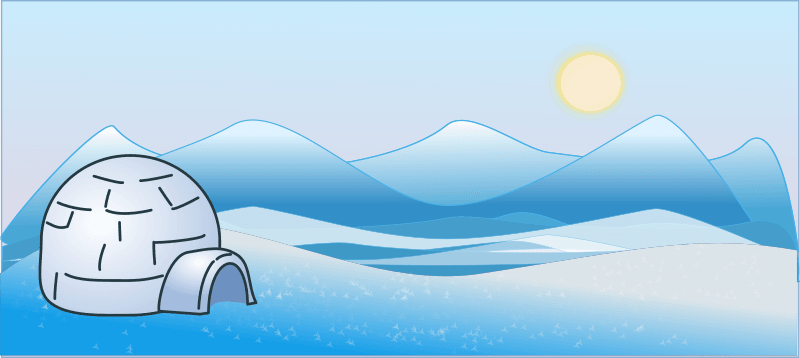 Fairbanks who had lived in Alaska for three years or more met the criteria for MDD. It occurred more often in females by a ratio of 3:2 and was less prevalent among residents over the age of 40. Studies of residents in northern Switzerland showed nearly 8 percent met criteria; in northern Finland, 9 percent.
Fairbanks who had lived in Alaska for three years or more met the criteria for MDD. It occurred more often in females by a ratio of 3:2 and was less prevalent among residents over the age of 40. Studies of residents in northern Switzerland showed nearly 8 percent met criteria; in northern Finland, 9 percent.
Most of the shadows of this life are caused by standing in one’s own sunshine.
—Ralph Waldo Emerson
 Reminder: Drink a glass of water. Listen to Chapter 9 of “Just the Facts.” If possible, walk around the room while you listen. At least walk in place.
Reminder: Drink a glass of water. Listen to Chapter 9 of “Just the Facts.” If possible, walk around the room while you listen. At least walk in place.
6th –
Blue Lights. The sun gives off a natural form of blue light waves that appears blue turquoise in the visible light spectrum. When the sunlight travels through the atmosphere, the high-energy blue waves crash into the air molecules, scattering blue light everywhere—making the sky look blue.  Natural blue light waves help you feel alert, be in a pleasant mood, strengthen your immune system, and regulate your circadian rhythm. Filters in the human eye are better able to filter out this natural source of blue light, although wearing dark glasses when in bright sunlight is recommended for prevention.
Natural blue light waves help you feel alert, be in a pleasant mood, strengthen your immune system, and regulate your circadian rhythm. Filters in the human eye are better able to filter out this natural source of blue light, although wearing dark glasses when in bright sunlight is recommended for prevention.
So, what is the problem? Technology! The closer blue light waves fall toward the Blue-Indigo end of the visible spectrum, the more risk they pose to your eye health. These are the type of blue light waves that emit from the LED screens of computers and smartphones and tablets—among others. These highest energy blue light waves can cause the most damage to your macula. With the huge increase in LED screen time in recent decades, human eyes are being asked to handle vast amounts of artificial blue light waves, putting a serious strain on vision.
Prolonged exposure may cause retinal damage and contribute to age-related macular degeneration. These shorter artificial electronic blue light waves flicker more easily than natural blue light waves and also longer, creating a glare that can reduce visual contrast and affect sharpness and clarity. It may be one of the reasons for eyestrain and headaches along with physical and mental fatigue caused by many hours sitting in front of a computer screen or other electronic device.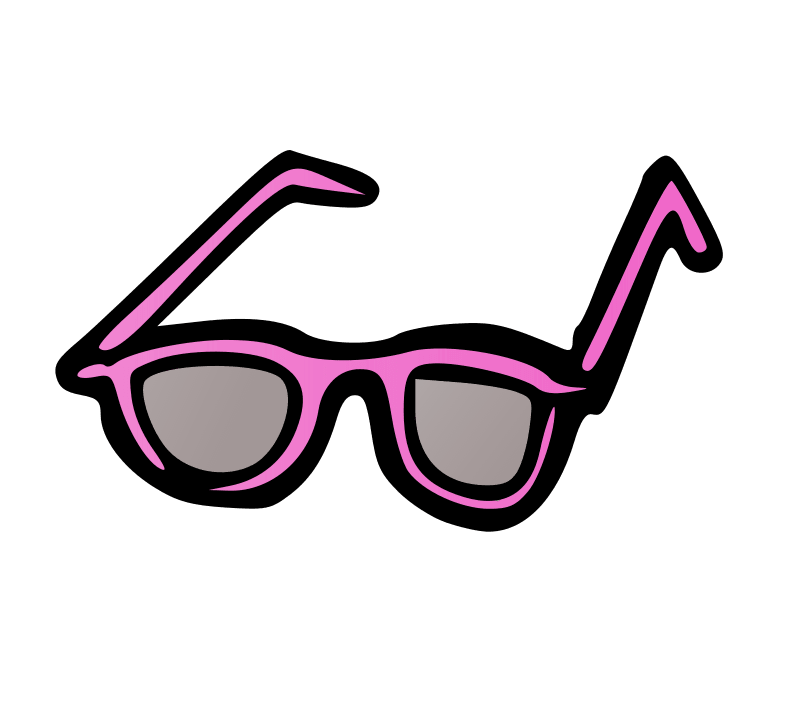
Some recommend choosing to wear special blue-light blocking glasses or screen protectors when using electronic devices. Again, prevention definitely beats cure!
I always knew that someday I would once again feel the grass under my feet, and walk in the sunshine as a free man.
―Nelson Mandela
7th –
Sunshine and health. The power of the sunlight can be seen in a variety of undesirable outcomes:
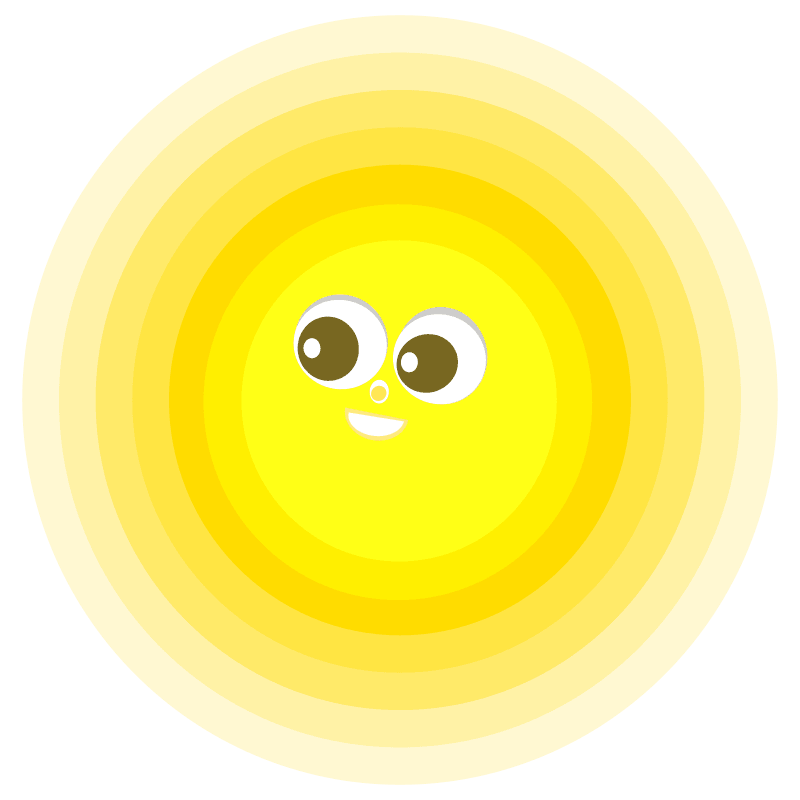 Heat stroke or sun stroke. This results as the body’s core temperature rises from too much exposure to sunlight or other sources of high heat. A temperature that rises too high can cause seizures and damage the brain.
Heat stroke or sun stroke. This results as the body’s core temperature rises from too much exposure to sunlight or other sources of high heat. A temperature that rises too high can cause seizures and damage the brain.
- Eye damage. Long-term exposure to UV light can damage the retina, providing an increased risk for cataracts and macular degeneration. Looking directly at the sun can also cause blindness. Snow blindness (photokeratitis) is caused by intense UVB exposure. Individuals may develop this condition at high altitudes in a snowy environment where the reflections of UVB are high.
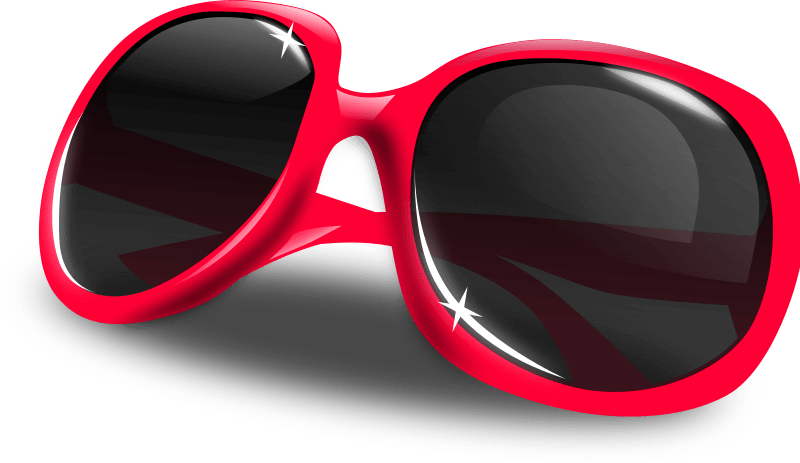 It can also occur by exposure to artificial UVC lights as in some tanning lights. Wearing sunglasses with 100% UV protection and a wide-brimmed hat can help decrease the risks of eye damage.
It can also occur by exposure to artificial UVC lights as in some tanning lights. Wearing sunglasses with 100% UV protection and a wide-brimmed hat can help decrease the risks of eye damage.
- Sunburn (erythema). Sunburn is a form of short-term skin damage, with UVB rays reportedly the main cause. Symptoms include redness, swelling, tenderness, pain, and blisters.
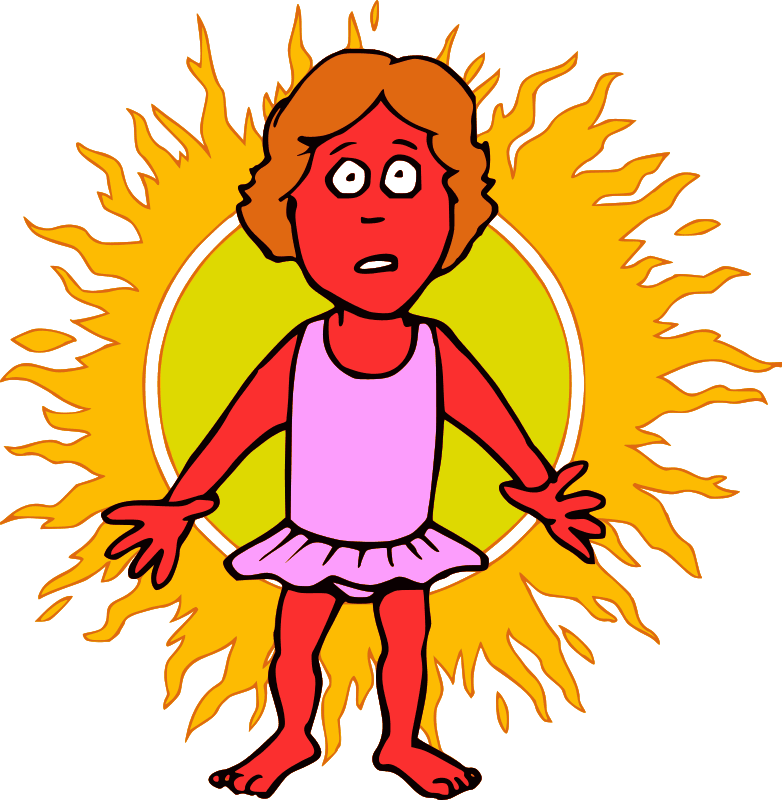 According to James Beckman, MD, overexpose to UV energy from sunlight can cause permanent skin damage. Second-degree burns can occur; 3rd degree burns occur but are rare. Debates continue about how much sunlight is optimum, although avoiding sunburn is not up for debate. A history of sunburns increases one’s risk for skin cancer. Studies have shown a link between severe sunburn and melanoma.
According to James Beckman, MD, overexpose to UV energy from sunlight can cause permanent skin damage. Second-degree burns can occur; 3rd degree burns occur but are rare. Debates continue about how much sunlight is optimum, although avoiding sunburn is not up for debate. A history of sunburns increases one’s risk for skin cancer. Studies have shown a link between severe sunburn and melanoma.
 Skin aging. Both UVA and UVB cause skin damage, including age spots. Wrinkling or solar elastosis occurs when elastic tissue in the skin deteriorates from sun exposure and can become loose and leathery.
Skin aging. Both UVA and UVB cause skin damage, including age spots. Wrinkling or solar elastosis occurs when elastic tissue in the skin deteriorates from sun exposure and can become loose and leathery.
- Skin cancer. Solar radiation as well as exposure to artificial radiation in sunlamps or sunbeds are known human carcinogens.
 Both UVA and UVB can cause skin cancer (e.g., basal cell, squamous, and melanoma) although UVB directly impacts DNA in the skin. UV radiation can cause freckles and moles anywhere on the body. While some moles may be harmless, others can turn into melanoma, the most serious form of skin cancer.
Both UVA and UVB can cause skin cancer (e.g., basal cell, squamous, and melanoma) although UVB directly impacts DNA in the skin. UV radiation can cause freckles and moles anywhere on the body. While some moles may be harmless, others can turn into melanoma, the most serious form of skin cancer.
- Immune System Suppression. According to the World Health Organization (WHO), all humans (regardless of skin color) are vulnerable to suppression of the immune system due to overexposure of UV radiation. This can decrease the positive effect of some immunizations and/or cause reactions to specific medications. In those who have been treated for Herpes simplex virus infections, the immune system can no longer keep the virus under control, which could result in reactivation of the infection and recurring cold sores.
- Excessive and unprotected exposure is linked with diseases aggravated by immunosuppression, allowing the reactivation of some latent viruses.
- Sun allergy. This involves a photosensitivity after exposure to the sun, especially if there was any sunburn.
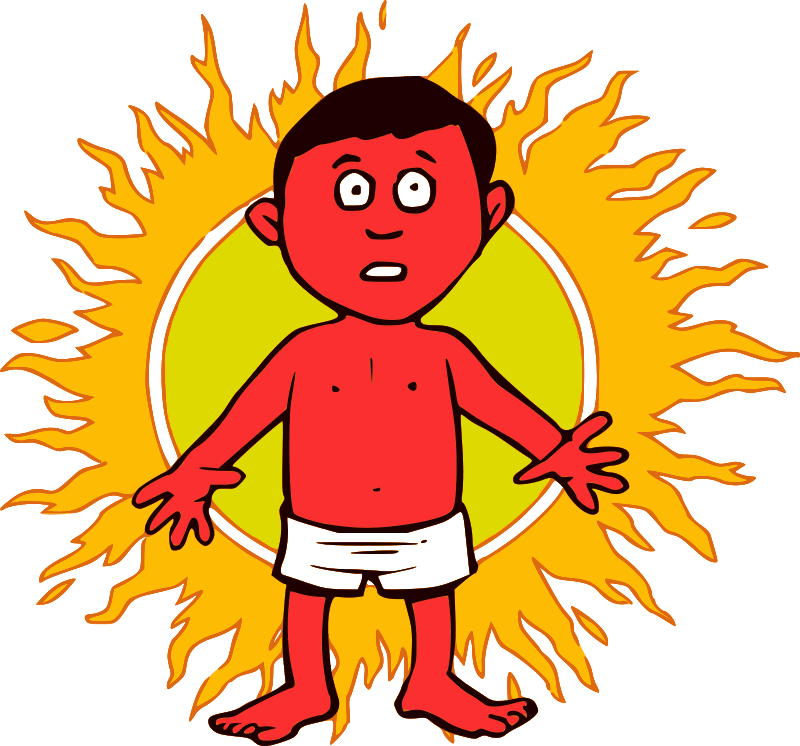 Individuals can exhibit a pink or red skin rash about 24 hours after sun exposure that may include itching, a burning sensation, and blistered or scaly areas on the skin.
Individuals can exhibit a pink or red skin rash about 24 hours after sun exposure that may include itching, a burning sensation, and blistered or scaly areas on the skin.
What is life? It is the little shadow which runs across the grass and loses itself in the sunset.
―Crowfoot
8th –
Tanning. The process whereby skin color is darkened from exposure to the sun’s ultraviolet radiation or from artificial sources has been misunderstood. 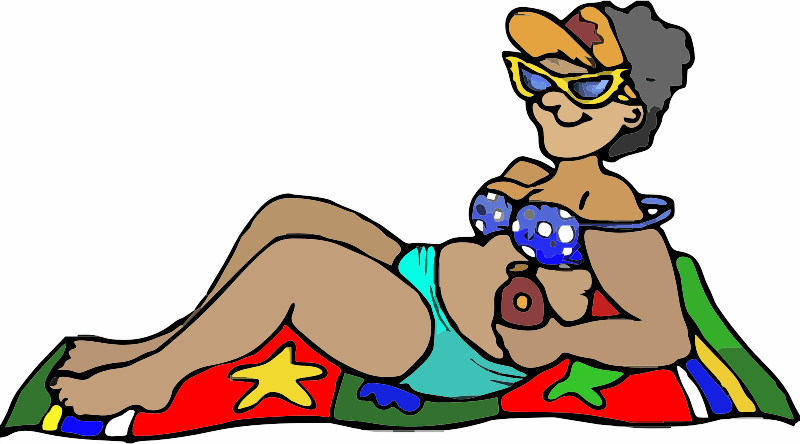 The increase in the skin pigment melanin, which causes the tan color change, is a sign of damage.
The increase in the skin pigment melanin, which causes the tan color change, is a sign of damage.
| UV tanning beds are classed as Class 1 human carcinogens. —WHO |
According to the American Academy of Dermatology, there is no safe way to tan--either from natural sunlight or from artificial sources such as sun lamps and tanning beds. Fda.gov has stated that there is no such thing as a “safe” tan. It can be particularly unhealthy if obtained from an artificial (versus natural) UV source.
Human beings can also be exposed to artificial sources of UV rays in the workplace. These can include plasma torches and welding lamps used in industry, and mercury-vapor lamps if the outer bulb breaks.
Sunlamps and sunbeds (e.g., tanning beds and booths) are also sources of UV rays. The amount and type of UV radiation someone is exposed to from a tanning bed (or booth) depends on the specific lamps used, how long a person stays in the bed, and how many times the person uses it. The Skin Cancer Foundation has pointed out that high-pressure sunlamps used in tanning salons generate UV doses up to twelve times that of the sun. Clients are two and a half times more likely to develop squamous cells and one and a half times more likely to develop basal cell carcinomas.
The amount and type of UV radiation someone is exposed to from a tanning bed (or booth) depends on the specific lamps used, how long a person stays in the bed, and how many times the person uses it. The Skin Cancer Foundation has pointed out that high-pressure sunlamps used in tanning salons generate UV doses up to twelve times that of the sun. Clients are two and a half times more likely to develop squamous cells and one and a half times more likely to develop basal cell carcinomas.
| The majority of melanomas (the worst form of skin cancer and responsible for the most skin-cancer-related deaths) are estimated to be caused by UV exposure. —U.S. Surgeon General |
There is a move in some countries to prohibit the use of tanning lights and beds by anyone under the age of 18. Studies estimate that the risk increases significantly for people who use a tanning bed before the age of 35. Your risk of melanoma is higher if you started indoor tanning as a teen or young adult. A first exposure to tanning beds in one’s youth can increase one’s melanoma risk by 75 percent.
Clouds in the sky enable us to see beautiful sunsets and dawns. The same is true in our lives.
―Old Proverb

Reminder: Drink a glass of water. Watch the short Birds & Brains video. Stand and walk in place for at least part of the video.
Practical Applications
- When out in bright sun wear dark glasses (along with a hat when at the beach or out in the middle of the day) to help reduce the blue light waves that reach the retina.

- When using electronics:
-
- Look “up and away” into the distance every few minutes
- Consciously blink more frequently
- Stay well hydrated to help keep eyeballs moisturized
- Use blue-light-blocking glasses or screens to reduce the blue waves that reach the retina
- Get up and move around for a couple of minutes every 30 minutes of screen time
- Create and live a balanced lifestyle that includes disconnecting from electronics for some period every day
- Any type of light—blue light waves, especially—suppresses melatonin production and increases alertness. An hour before bedtime, turn off all electronic equipment with blue-light-emitting diodes (LEDs)—unless you wear special glasses that block the blue light from entering your eyes. Suppressing melatonin is exactly what you do not want when you need sleep.
Do you see how the sky holds the sun? In a powerful but effortless way that shows off her beauty and strength.
―J. A. Anum

Reminder: Drink a glass of water as you dig into this last section. How are you choosing to apply this information practically in your everyday life?
Think & Do
- What is your prevention plan for protecting your skin from harmful UV rays?
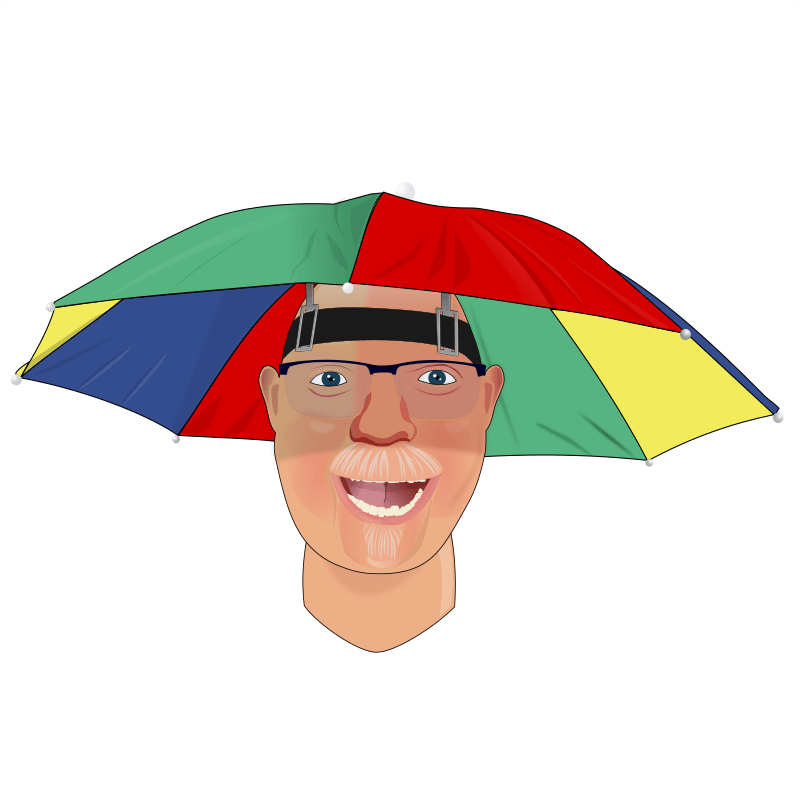 Sunscreen, a hat or umbrella, and appropriate clothing can help. Minimizing exposure is also helpful since sunlight can increase freckles and moles on your skin, some of which may turn into melanoma—the most deadly type of skin cancer.
Sunscreen, a hat or umbrella, and appropriate clothing can help. Minimizing exposure is also helpful since sunlight can increase freckles and moles on your skin, some of which may turn into melanoma—the most deadly type of skin cancer.
- What is your prevention plan for protecting your eyes from harmful UV rays present in sunlight?
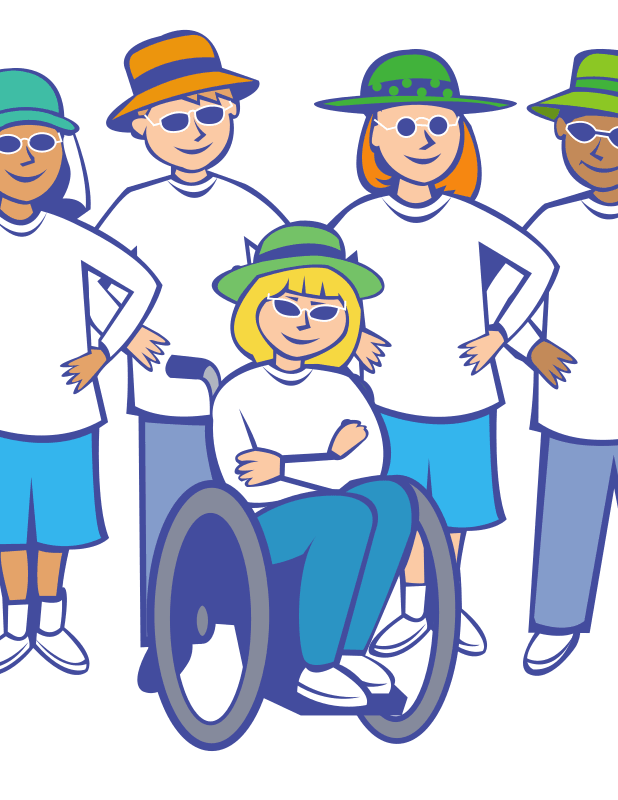 Dark glasses with UV rays protection can help. Never looking directly at the sun--even with dark glasses--is critically important.
Dark glasses with UV rays protection can help. Never looking directly at the sun--even with dark glasses--is critically important.
- What is your prevention plan for protecting your eyes from artificial blue light waves?
 Studies suggest that sitting for hours under fluorescent-light tubes that emit blue light waves can cause headaches and impact overall health negatively. Replacing these with natural-light tubes can help.
Studies suggest that sitting for hours under fluorescent-light tubes that emit blue light waves can cause headaches and impact overall health negatively. Replacing these with natural-light tubes can help.
- What is your prevention plan for protecting your eyes and melatonin levels from electronic devices that emit artificial blue light waves?
Wearing glasses that block out blue light waves and/or using screen protectors on electronic devices is being recommended.
Some people are making such thorough preparation for rainy days that they are not enjoying today's sunshine.
―William Feather
Slow & Steady Wins

Concentrate on Module 7 during this entire week. Do your Daily Goals; reread the sections; relisten to the videos and audiobook excerpts. It takes the average adult four times through to really absorb the material and turn it into a new behavior. If you want positive results, rushing through the material just because you can, may not provide the desired outcome.
Practice, practice, and practice the new strategies you are learning. Get plenty of sleep so your brain has time to ‘consolidate’ —transfer—what you are learning from short term to long term memory. Drink plenty of water to keep your brain hydrated and able to generate the mental energy you need. Your thinking cells—called neurons—are estimated to be about 85 percent water. Dehydration is unhelpful in brain central—especially when doing physical exercise or being out in sunlight.
Obtain exposure to sunlight appropriately and in balance. Too little is unhelpful; too much can be damaging. Managing your exposure can be lifesaving.
What I know for sure is that every sunrise is like a new page, a chance to right ourselves and receive each day in all its glory. Each day is a wonder.—Oprah Winfrey
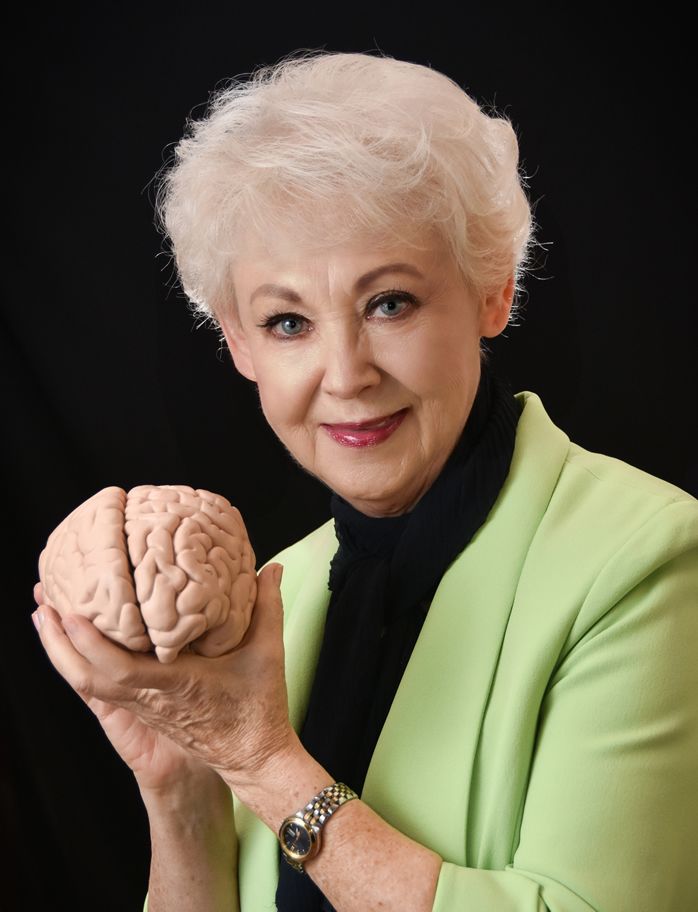 See you next week for LLM Online Module 8
See you next week for LLM Online Module 8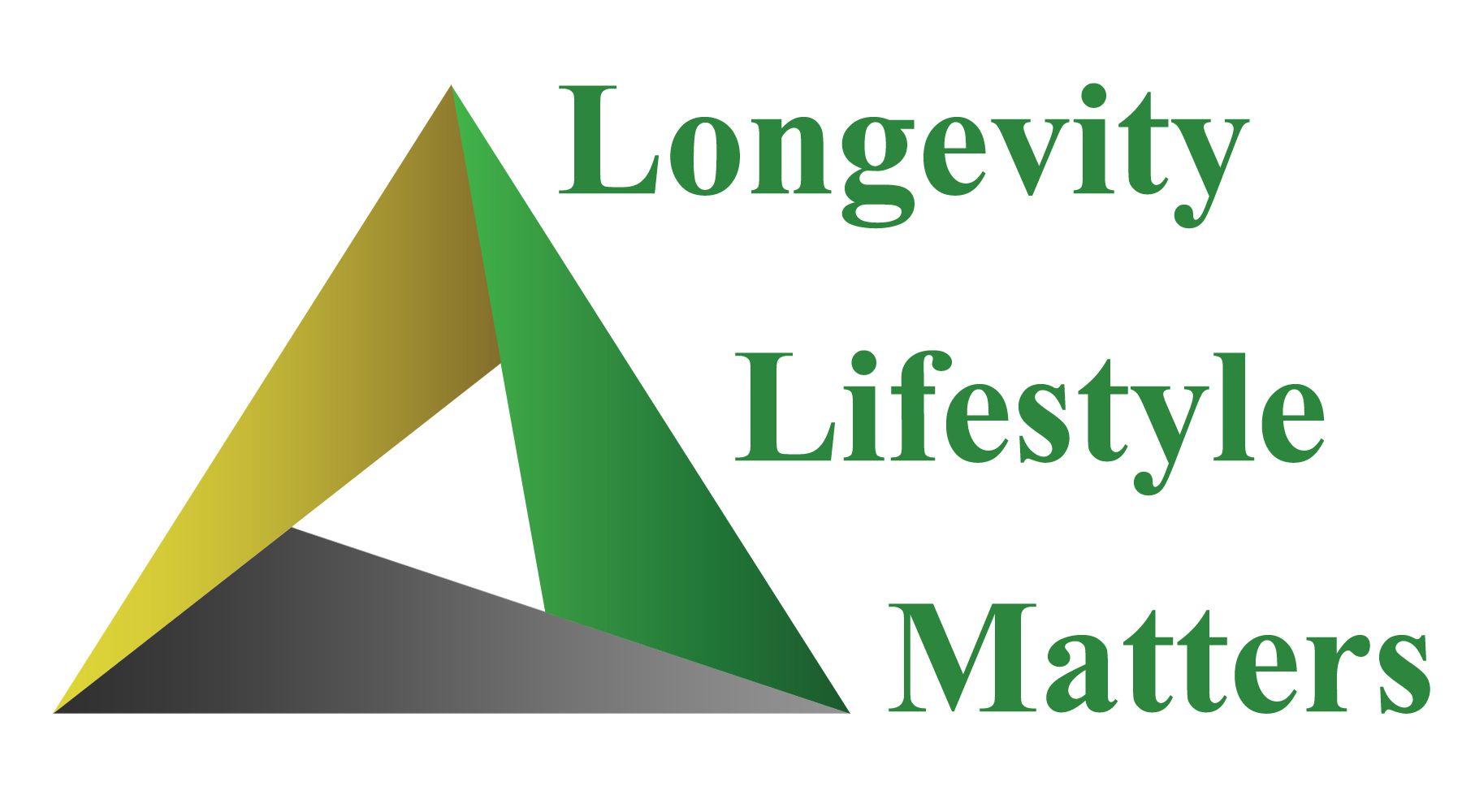
Topic:
Nutrition—Eat Wise—Be Wise
Lesson List
- Module 2 – Emotional Intelligence (EQ)
- Module 2 – To Begin
- Module 2 – Slow & Steady Wins
- Module 1 – Mindset and Self-talk
- Module 1 – To Begin
- Module 1 – Slow & Steady Wins
- Module 1 – Mindset (educational video)
- Module 1 – Birds & Brains (video)
- Module 1 – Just the Facts - Chapter 1 (audio)
- Module 1 – Just the Facts - Chapter 2 (audio)
- Module 2 – EQ (Emotional Intelligence) (video)
- Module 2 – Just the Facts - Chapter 3 (audio)
- Module 4 – Sleep
- Module 4 – To Begin
- Module 4 – Slow & Steady Wins
- Module 3 – Mental & Physical Exercise
- Module 3 – To Begin
- Module 3 – Slow & Steady Wins
- Module 5 – Water
- Module 5 – To Begin
- Module 5 – Slow & Steady Wins
- Module 6 – Safety
- Module 6 – To Begin
- Module 6 – Slow & Steady Wins
- Module 7 – Sunlight
- Module 7 – To Begin
- Module 7 – Slow & Steady Wins
- Module 8 – Nutrition
- Module 8 – To Begin
- Module 8 – Slow & Steady Wins
- Module 10 – Support Network
- Module 10 – To Begin
- Module 11 – Stressors
- Module 10 – Slow & Steady Wins
- Module 9 – Laughter
- Module 9 – To Begin
- Module 11 – To Begin
- Module 9 – Slow & Steady Wins
- Module 11 – Slow & Steady Wins
- Module 12 – Life Satisfaction
- Module 12 – To Begin
- Module 12 – Slow & Steady Wins
- Module 2 — Birds & Brains, No. 2 - EQ (video)
- Module 3 – Exercise (educational video)
- Module 3 – Just the Facts - Chapter 4 (audio)
- Module 3 – Just the Facts - Chapter 5 (audio)
- Module 3 – Birds & Brains, No. 3 - Exercise (video)
- Module 4—Just the Facts - Ch. 6 (audio)
- Module 4—Birds & Brains #4 (video)
- Module 4—Sleep (educational video)
- Module 5—Water (educational video)
- Module 5 – Just the Facts - Chapter 7 (audio)
- Module 5 — Birds & Brains #5 (video)
- Module 6 – Safety (educational video)
- Module 6 – Just the Facts - Chapter 8 (audio)
- Module 7 – Birds & Brains #7 (video)
- Module 8 – Just the Facts - Chapter 10 (audio)
- Module 8 – Nutrition (educational video)
- Module 8 – Birds & Brains #8 (video)
- Module 7 – Just the Facts - Chapter 9 (audio)
- Module 6 — Birds & Brains #6 (video)
- Module 7 – Sunlight (educational video)
- Module 9 – Laughter (educational video)
- Module 9 – Just the Facts - Chapter 11 (audio)
- Module 9 – Birds & Brains #9 (video)
- Module 10 – Support Systems (educational video)
- Module 10 – Just the Facts - Chapter 12 (audio)
- Module 10 – Birds & Brains, No. 10 - Support Systems (video)
- Module 11 – Stressors (educational video)
- Module 11 – Just the Facts - Chapter 13 (audio)
- Module 11 – Birds & Brains No. 11 - Stressors (video)
- More Information
- Module 12 – Life Satisfaction (educational video)
- Module 12 – Birds & Brains, No. 12 - Life Satisfaction (video)
- Module 12 – Just the Facts - Chapter 14 (audio)
Teachers Info

Arlene R. Taylor, PhD
- Specialist:
- Website: https://www.arlenetaylor.org/
-
Arlene R. Taylor PhD, a leading speaker on brain function, is sometimes referred to as the brain guru. She specializes in simplifying this complex topic, with the goal of helping individuals understand more about the brain in general and their own in particular. She delights in helping others learn how to thrive by...

